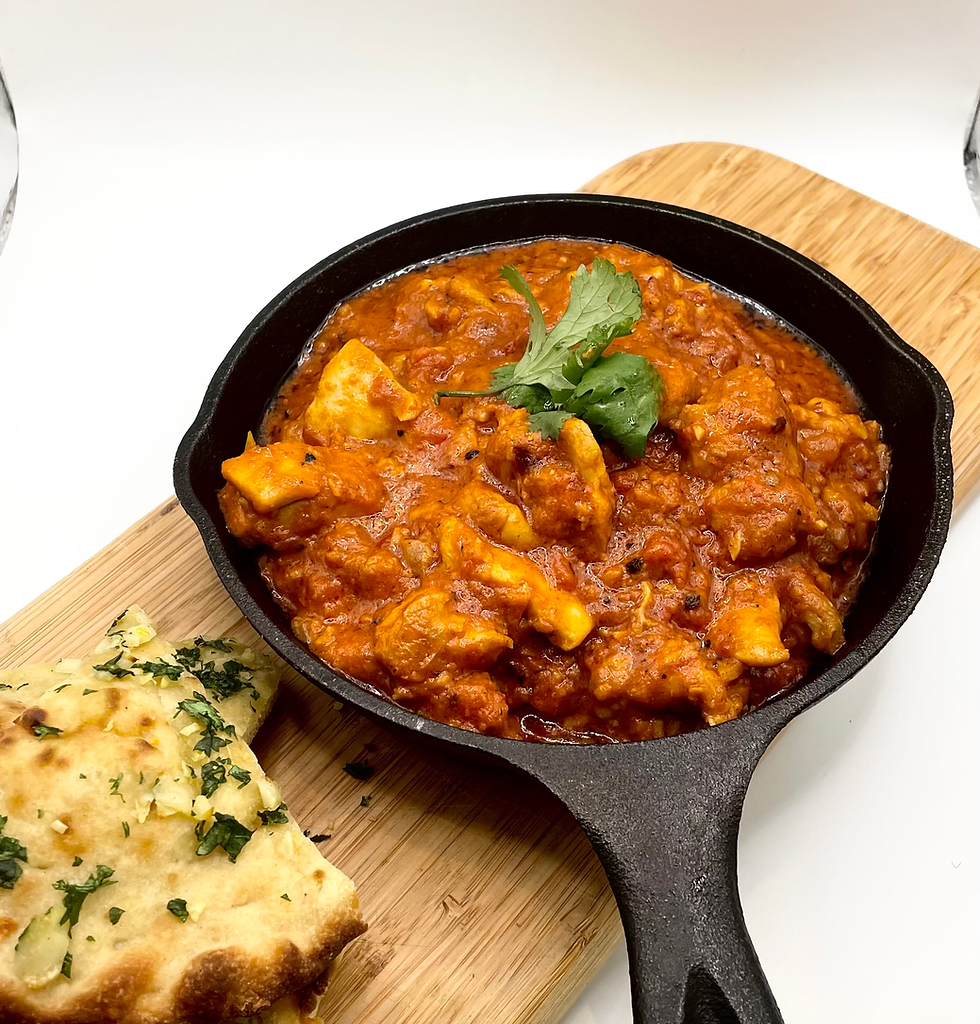Adobo Chicken - Philippines
- ecozcan
- Jul 8, 2024
- 3 min read
Updated: Oct 16, 2024
The Philippines is a land rich in history, tradition, and flavors, and among the most iconic dishes that capture the essence of Filipino culture is adobo chicken. It’s a dish that transcends regions and generations, uniting Filipinos with its comforting, robust, and savory taste. While adobo chicken may seem like a humble plate of food, it represents much more than that—it embodies the soul of the Filipino people.
What is Adobo Chicken?
Adobo chicken is a stew typically made from chicken marinated in a mixture of soy sauce, vinegar, garlic, bay leaves, and black peppercorns. The dish is then simmered until the meat is tender and coated in a rich, flavorful sauce that balances tangy, salty, and slightly sweet notes. Served over steamed rice, adobo’s simplicity in preparation belies its deeply satisfying and complex taste.
While each Filipino household may have its own version of adobo, often adding personal twists such as coconut milk or other spices, the basic ingredients remain the same. It's this flexibility and adaptability that make adobo a quintessential representation of Filipino cuisine—it changes, evolves, and yet always remains distinctly Filipino.
Adobo: A Symbol of Filipino Heritage
Adobo chicken is more than just a popular dish—it’s an essential part of Filipino cultural identity. Historically, adobo’s origins can be traced back to pre-colonial times when indigenous Filipinos used vinegar and salt to preserve food. When the Spanish colonized the Philippines in the 16th century, they gave the dish the name "adobo," derived from the Spanish word “adobar,” meaning “to marinate.”
The dish stands as a symbol of resilience, much like the people who make it. Over the centuries, Filipinos have faced numerous challenges—colonization, wars, and natural disasters—yet their spirit of survival remains. Just as adobo has stood the test of time with its ability to adapt and flourish under various conditions, the Filipino people have remained steadfast through adversity.
Adobo is also a dish that brings people together. Whether it’s shared at a family gathering, a fiesta, or a simple dinner at home, adobo is a reminder of the warmth, hospitality, and close-knit community that is central to Filipino culture.
Challenges Facing the Philippines
While the Philippines is celebrated for its rich culture and heritage, the country faces a variety of socio-economic and environmental challenges today.
Poverty and Inequality: Despite economic growth in recent years, poverty and inequality remain pervasive, especially in rural areas. Many families still struggle to access basic needs such as food, clean water, education, and healthcare.
Environmental Issues: The Philippines is highly vulnerable to natural disasters such as typhoons, floods, and earthquakes, exacerbated by climate change. Deforestation and pollution further strain the environment, affecting the livelihood of farmers, fishermen, and rural communities.
Political Instability: Corruption, weak governance, and political conflicts continue to undermine development and progress. This often results in inefficiency in implementing policies that could alleviate poverty, improve infrastructure, and protect the environment.
Actionable Steps to Help the Philippines
While these challenges are daunting, there are ways we can contribute toward building a better future for the country:
Support Local and Ethical Businesses: Choosing to buy products from Filipino artisans, farmers, and entrepreneurs can help stimulate the local economy and uplift communities. Look for businesses that prioritize sustainability, fair wages, and community development.
Advocate for Climate Action: The Philippines is on the frontline of climate change, and raising awareness about this issue is crucial. Support initiatives that focus on reforestation, reducing carbon emissions, and protecting the country’s biodiversity. Engaging in global climate conversations can help pressure governments to take more aggressive action on climate change.
Donate to Disaster Relief and Educational Programs: Numerous organizations provide disaster relief and long-term solutions to communities affected by poverty or natural disasters. Donating to credible NGOs working in education, healthcare, and disaster preparedness can have a lasting impact on the lives of many Filipinos. Some great options include Stand With Girls in the Philippines and Save the Children.
Raise Awareness: Use social media and platforms to raise awareness about the challenges the Philippines faces. Share stories that highlight the country’s beauty but also discuss the issues that need global attention. Awareness fosters empathy, which can lead to action.
A Dish of Hope and Unity
Adobo chicken is much more than a delicious meal—it’s a symbol of hope, perseverance, and unity in the Philippines. By embracing the spirit of togetherness and resilience that adobo represents, we can contribute to meaningful change, supporting Filipinos as they tackle the challenges that face their nation. Whether through enjoying and celebrating Filipino cuisine or taking tangible steps to improve the country's situation, we can all play a role in building a brighter, more sustainable future for the Philippines.



Comments